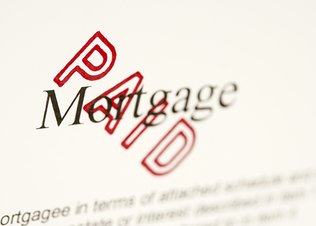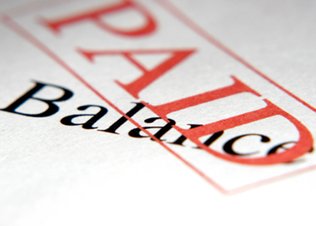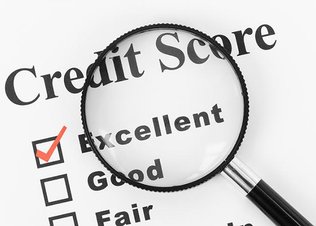
How to buy a home when you’re self-employed
Published by MFAA
Self-employed borrowers often come up against the challenge of not being able to present a raft of payslips and tax returns to back up their loan applications, but this need not stop you buying your dream home.
Many lenders offer low-documentation (lo-doc) loans for self-employed borrowers who don’t have traditional payslips and employment records. This means that, rather than the usual documentation you prove your ability to service a loan using bank statements, declarations from your accountant and financial records.
Of course, as with any mortgage application, you must still prove that your income outstrips your spending and you can service the loan. Getting this right is more than presenting a lender with a few quick sums on the back of a napkin – it takes a solid six to 12 months of preparation.
Here are some tips to help:
- Reduce debt
Pay down credit cards and personal loans and be sure to lower the credit limits as they are paid down, as lenders assess the total credit available to you as a potential debt level, not just the amount you owe. - Speak to a finance broker
A broker can discuss the how the structure of your business and your taxable income will impact your ability to borrow with you. Finance brokers also have access to specialist lenders that assess applications on a case-by-case basis and tailor their products to self-employed borrowers and contractors, while bank lenders do not. - Do your taxes
Make sure you do your taxes when you should, and always pay your tax assessments on time. - Save
Saving a deposit is obviously important and showing your ability to live within your means and save is as well. This is key to serviceability – you want to show at least a six-month history of high savings and low expenses.
Low-documentation loans do differ from standard loans in a few ways, apart from the application process. Lenders offset the extra risk they are taking by lending to a self-employed borrower or contractor by charging slightly higher interest rates and placing some extra rules on loan-to-value ratios (LVR) and insurance requirements.
Generally, you can expect an interest rate for a low-documentation loan to be one to two percentage points higher than for a full-documentation loan.
Most lenders will also insist on an LVR of no more than 80% – meaning that under no circumstances will they lend more than 80% of the property value, as assessed by the lender.
In cases where the loan amount is for more than 60% of the property’s value, some lenders also require self-employed borrowers to pay lenders mortgage insurance.
Find an MFAA Accredited finance broker who can help you navigate the loan market for self-employed borrowers.


























































